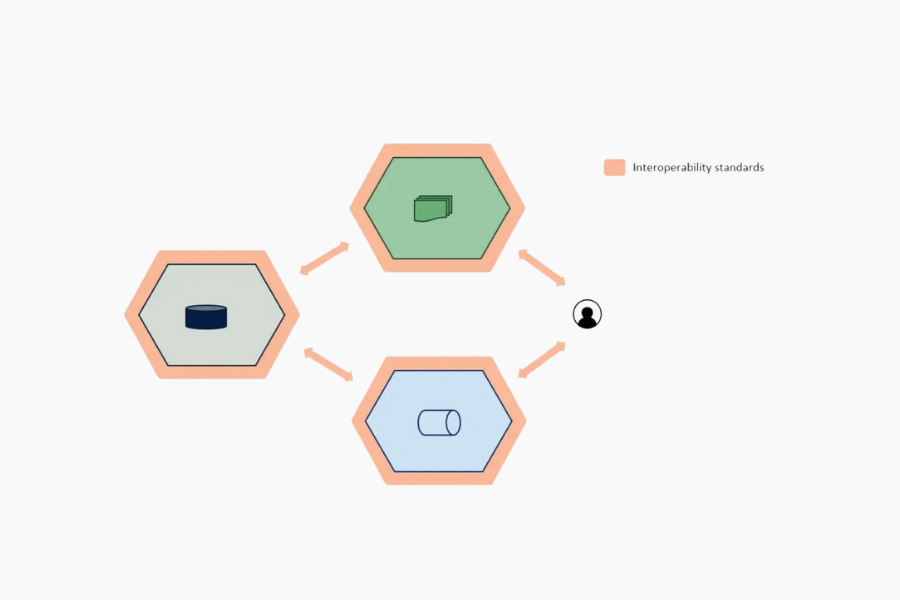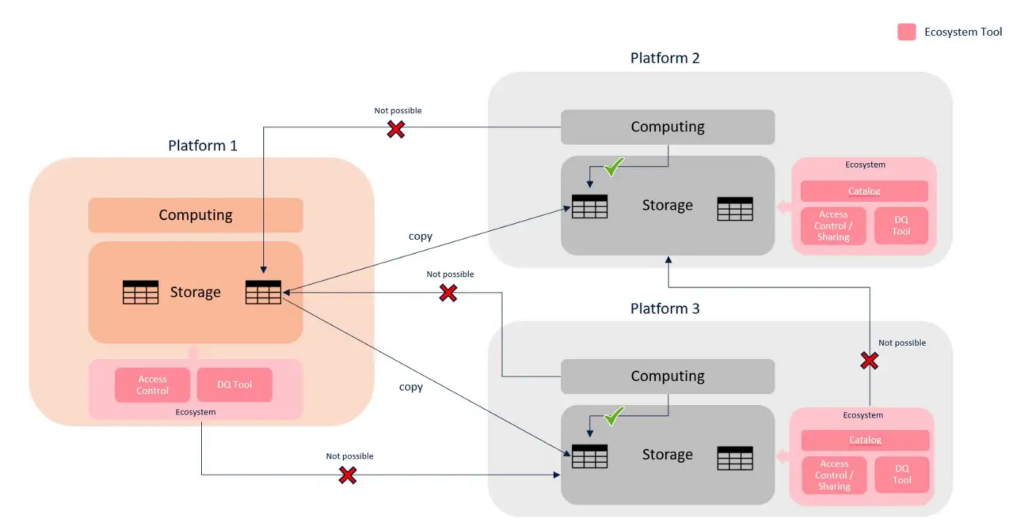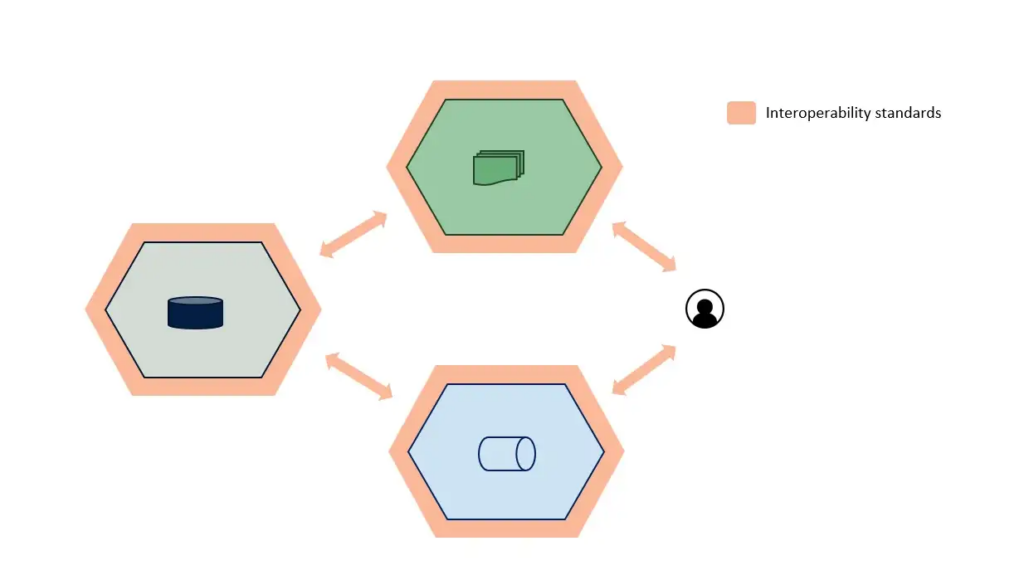Agile Lab Recognized in the Gartner® Hype Cycle for Data Management, 2024 Report
Witboost by Agile Lab was recognized in the Gartner 2024 Hype Cycle for Data Management Report for its innovative data products and platform.
Uncover insights from Paolo Platter, Co-Founder and CTO of Agile Lab, on future-proofing data mesh architecture in a Q&A with Data Mesh Learning.

In the ever-evolving landscape of data management and architecture, the Data Mesh approach has gained significant traction as a promising paradigm shift. To shed light on this fascinating concept and delve deeper into its core principles, the Data Mesh Learning Community recently organized an engaging Q&A session with Paolo Platter, our Co-Founder and CTO.
Hosted on the vibrant platform of the Data Mesh Learning Community's website, this insightful Q&A provided a unique opportunity for data enthusiasts, architects, and practitioners to glean firsthand insights from Paolo.
Drawing inspiration from one of his influential blog posts, Paolo explored the transformative potential of the Data Mesh approach and shed light on its key components.
Read on for the Q&A discussion.
Data Mesh Learning: Thank you, Paolo, for chatting with us! What are your thoughts on the data mesh architectural framework when it comes to our industry’s changing data management needs?
Paolo: Companies that have started the journey toward implementing a data mesh architecture need to seriously consider making their design as future-proof as possible to sustain organizations’ dynamic data strategies.
Data Mesh Learning: In your article, you mentioned that, like every significant industrial transformation, a data mesh could–and should–survive at least 10 years. How can companies future-proof their data mesh?
Paolo: Data mesh is a strategic and transformative initiative; its architecture must be evolutionary to embrace inevitable change and survive even against a core technological change.
Embracing the data mesh paradigm is an investment that, if done right, should pay off for years.
Data Mesh Learning: In your article, you mention several ways to ensure the longevity of your data mesh architecture: 1) avoiding lock-in, 2) decoupling your data strategy from market risks, 3) avoiding silos, and 4) prioritizing interoperability. Can you walk us through each one?
Paolo: First, the entire data mesh paradigm is based on a technology-agnostic approach, so the biggest mistake I see data teams make is when they stake their data mesh implementation on a single holistic data platform or vendor.
This begs several questions, like:
You can use one platform or technology as the main backbone—or to achieve a minimum viable product—but I recommend that data teams avoid getting locked into a single platform or vendor.
Data Mesh Learning: Can you explain how getting locked in with data platform vendors can affect the longevity of data mesh architectures in the market?
Paolo: Your data strategy should be de-correlated to market risks. The goal is to generate business value for your company, and that value should not be affected by external factors. Unfortunately, the recent events around Silicon Valley Bank and other banks have shown us how fragile the technology ecosystem can be.
Another example of market risk is Hadoop. We had five or six distributions in its early years, but only one has survived today.
Or do you remember MapR? They had a good customer base with tier-one enterprises. In 2014 they raised $110 million, but by 2019 the company had shut down. The migration for those locked in with their components was a nightmare. In most cases, teams had to rewrite all use cases completely.
No one can predict the future. So a 10-15 year industrial plan can’t depend on only one or two VC-backed tools. That’s too much risk.
Data Mesh Learning: Speaking of tools, you mentioned that teams often find themselves stuck in technology silos.
Paolo: Yes, let me paint a picture. Imagine this scenario. You’re a big enterprise that’s planning to implement a data mesh.
You created the enterprise data warehouse with a specific vendor 10 years ago, embedding business logic with a proprietary PL/SQL. After five years, you started facing issues around scalability, ingestion rates, and time to market.
Then, you decide to leverage a Hadoop-based data lake platform to address streaming and cost-effective big data use cases at a petabyte scale. While implementing them, you realized the need for the following:
At this point, the data lake initiative (with the original aim to unlock new business insights also enabling ML/AI-driven analytics) turned into a completely new data platform with duplicated data, a different tech stack, skills, processes, and policies.
The original CAPEX investment has tripled, while OPEX costs have multiplied tenfold because you now have two giant silos fighting for budget and use cases, offering the worst-ever user experience for data consumers. This all happened because of technology lock-in.
Data Mesh Learning: How do you fight against lock-in?
Paolo: First, don’t couple teams with technology. Conway’s law says organizations design systems that mirror their own communication structure. In other words, if you have two siloed teams, you will end up with two data silos. So don’t couple teams with technology; connect them with business objectives instead.
Second, don’t couple tools (for data quality, cataloging, access control, etc.) into a single, all-in-one platform. That increases lock-in and decreases interoperability. The idea of data mesh is to make all data available and correlate it across domains to generate value.
Data Mesh Learning: What are the alternatives if a team already has multiple technological silos?
Paolo: You have three options:

Data Mesh Learning: That leads us to your last point: prioritizing interoperability.
Paolo: Exactly. Interoperability implies having clear standards:

Data Mesh Learning: Any last advice for organizations implementing data mesh?
Paolo: Make it future-proof, and remember:
Data Mesh Learning: Thank you, Paolo!
Witboost by Agile Lab was recognized in the Gartner 2024 Hype Cycle for Data Management Report for its innovative data products and platform.
Explore the latest expansion of the Witboost Starter Kit with Azure Data Factory integration, simplifying data ingestion and orchestration for Azure...
Discover Witboost's new bi-directional integration with Collibra for enhanced metadata management and streamlined data governance in your enterprise.